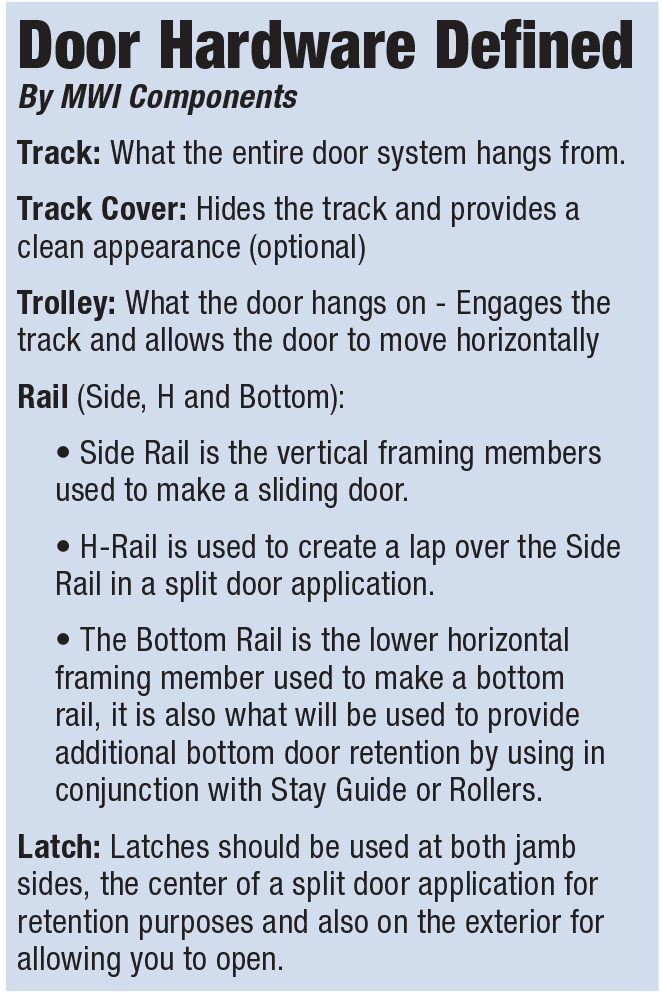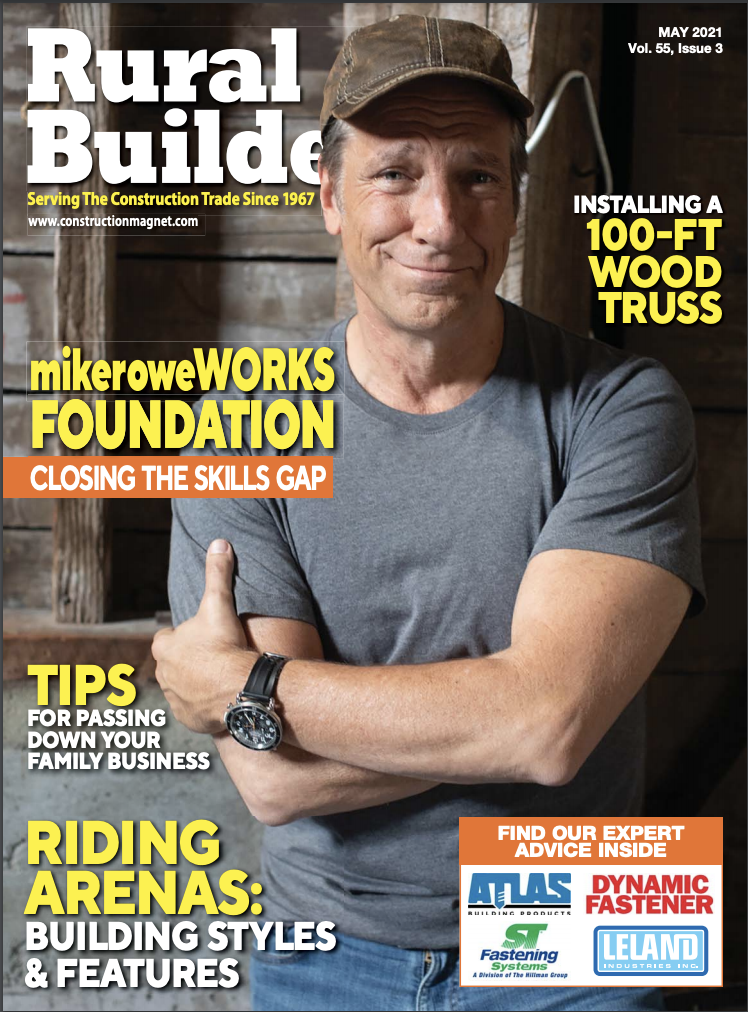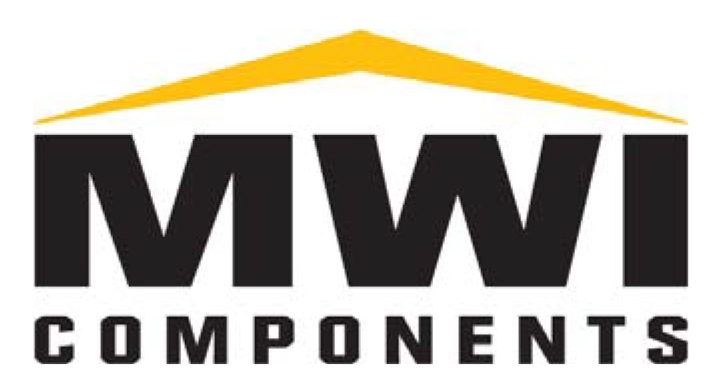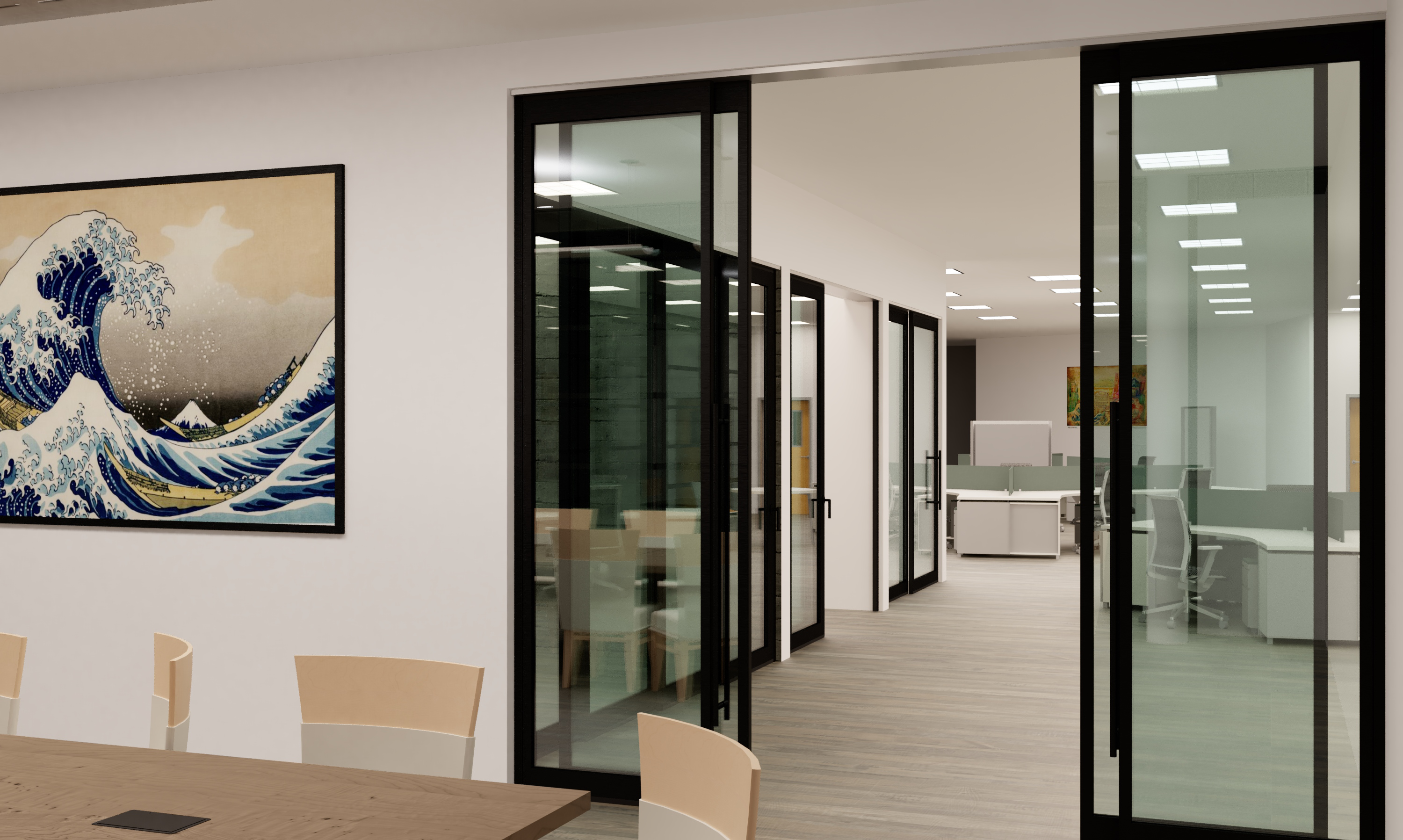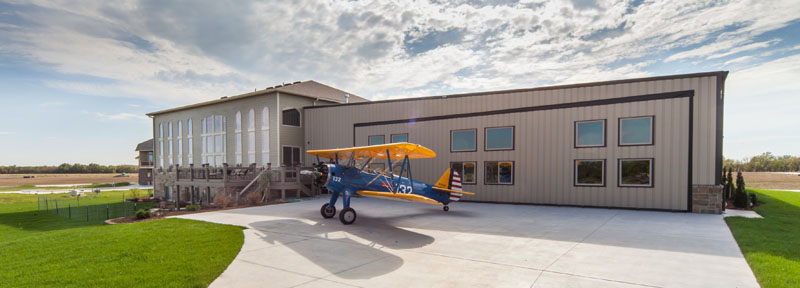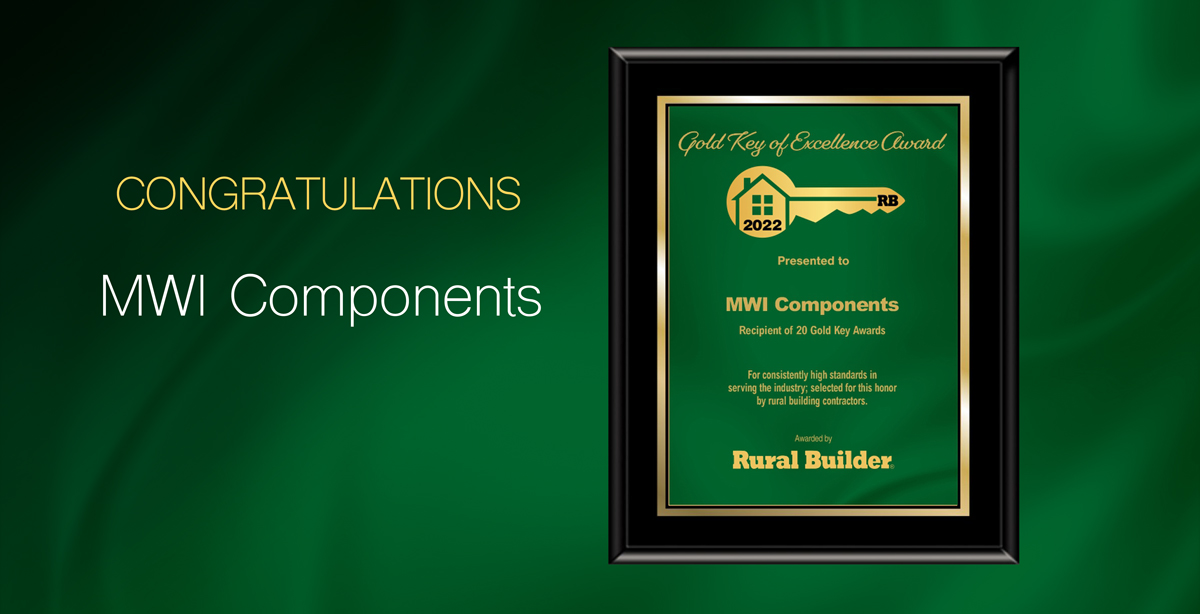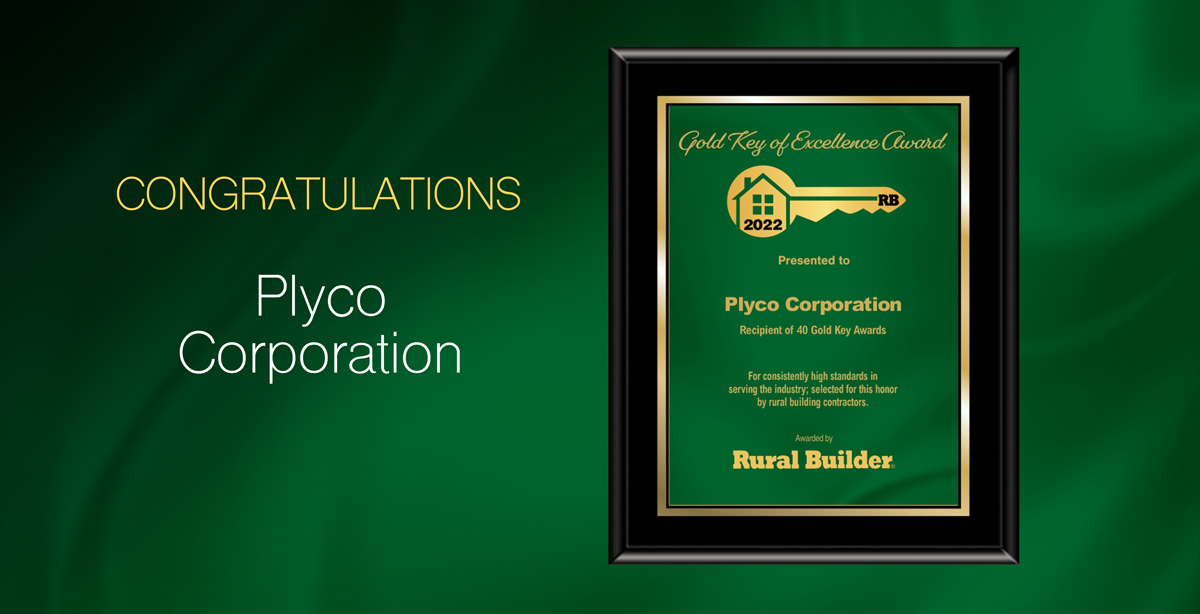When it comes to overhead and track doors, manufacturers have some expert do’s and don’ts.
Installation Advice
Installers should:
• Always install according to the manufacturer’s instructions
• Ensure you are using the proper weight-rated track and trolley system to support your doors
• Consider your latch & locking options.
• Determine if your doors will be functional or non-functional prior to installation
• Use Stay Guides. Stay Guides aid in bottom door retention, which reduces the amount of door sway. This helps prevent wind damage.
Installers should not:
• Ignore the manufacturer’s instructions
• Assume your doors’ weight will be supported by the track & trolley system.
• Use an operational tool such as the MWI Double Truck Trolley Kit as a justification for adding higher weighted doors to lower weight-rated track and trolley systems. Kits like these are utilized for smoother door operation by reducing the load on each trolley.
What are some of the common mistakes installers make?
• A common mistake is not securing the door in both open or closed positions. When a door is not secure in an open or closed position, wind can cause damage or even cause the door to come completely off the track.
Round Track vs. Square Track
Usage is based on preference from round to square track. Square track has been in existence longer, but round typically results in smoother operation.
Common mistakes to avoid:
• Each door style, bifold or hydraulic, offers something different and each has specific advantages. Talk with your door manufacturer to make your decision easier.
• If you are in a high wind or hurricane area, you should consider having automatic windpins placed on your door for added stability.
• Is your door equipped with various built-in safety operations and precautions? Your door manufacturer should be able to provide you with photo eye sensors, warning horns and lights, remote openers, walkdoors, keyless entry and backup systems in case of power outages.
• All doors equipped with remote openers should have a warning system to alert persons in the immediate area that the door is about to open or close.
• Make sure the door will fit the building perfectly to ensure smooth, safe installation with no loss of headroom.
• Make sure you know the door weights, engineering data, wind load and design specifications for your hydraulic or bifold door.
• Find out what lead time will be needed from the time you place your order to delivery time.
• Don’t substitute quality for price. RB
